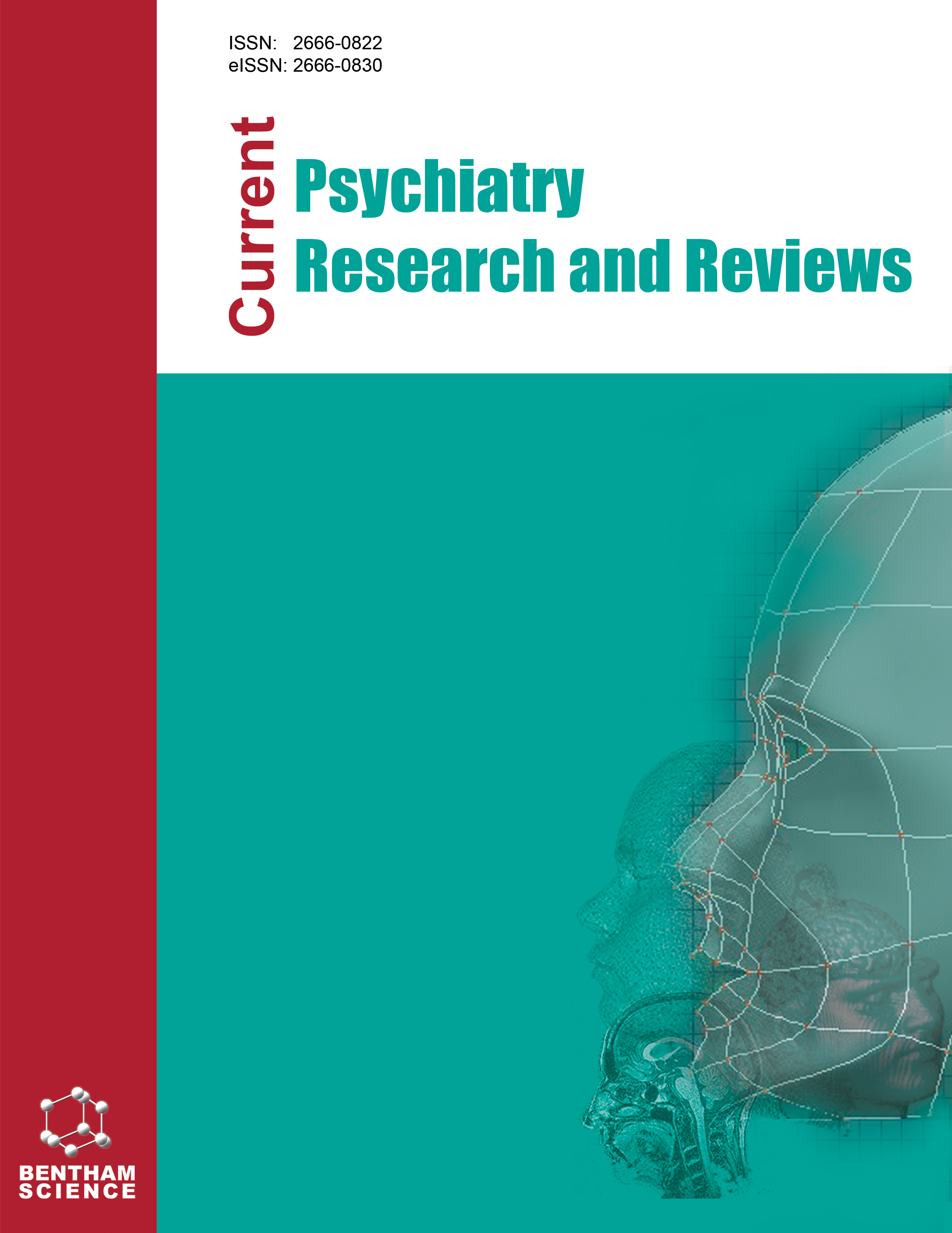
Full text loading...
We use cookies to track usage and preferences.I Understand
Depression, a form of mood illness, is characterized by a lack of or diminished social life, melancholy, and symptoms linked to an uplifted or depressed mood. Vincamine and Melatonin combination may prove beneficial for treating depression because vincamine and melatonin have already been reported in the treatment of dementia. Dementia is a CNS disorder which is connected to the level of neurotransmitters at the synaptic cleft, which is similar to depression that is why it might be effective in the treatment of depression.
The aim of this research is to conduct an experimental study on the antidepressant activity of Vincamine alone and along with Melatonin and comparison with standard antidepressant drugs.
In this study, all animals are trained for the experiment, and then animals are divided into groups according to the treatment protocol. Animals were placed for the rest for 1 week. Vincamine and melatonin were administered to the treated groups on days 8 and 21 for the behavioral analysis using different kinds of models like elevated plus maze, forced swim test, open field test and sucrose preference test. Animals were sacrificed at day 22 for the estimation of biochemical (SOD) and neurotransmitters (Serotonin, Norepinephrine and Dopamine).
After extensive investigation, it has been established that Vincamine, alone and in combination with Melatonin, is beneficial in treating depression. Positive results are obtained. The group treated with Vincamine taken per oral route (10 mg/kg), Melatonin (10 mg/kg), Vincamine + Melatonin (10 mg/kg + 10 mg/kg) and std (10 mg/kg) treatment showed significant result which are followed as for all groups (a) p < 0.0001 vs. NC; (b) p < 0.0001 vs. disease control; (c) p < 0.05 vs. Std (10 mg/kg); (d) p < 0.001V vs. M (10 mg/kg); (e) p < 0.0090 vs. V+M (10 mg/kg+10 mg/kg). It was demonstrated by a number of behavioral (elevated plus maze, forced swim test, open field test, and sucrose preference test) and biochemical parameters (estimation of neurotransmitters such as serotonin, norepinephrine, and dopamine). Vincamine alone and in combination with Melatonin demonstrated positive results (p < 0.0001) in the evaluation of the SOD antioxidant defence system. Also, it significantly attenuated the alteration in locomotor activity, oxidative stress and neurotransmitters in rat brain.
It has been concluded that vincamine alone and along with melatonin is effective for the treatment of depression on the basis of behavioural and biochemical parameters. That’s why it might be useful for the future prospect.

Article metrics loading...

Full text loading...
References


Data & Media loading...

